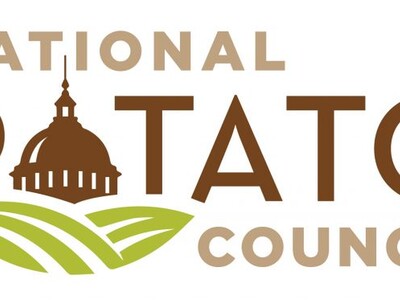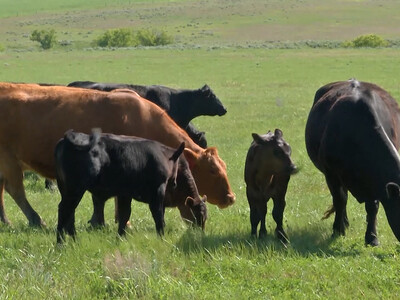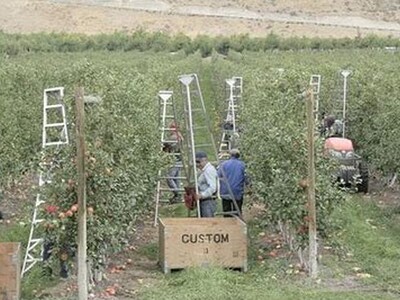Developing wheats resistant to root-lesion nematode
Farm and Ranch June 25, 2009 Research conducted in the northwest shows that root-lesion nematodes are detected in 95 percent of the wheat fields in Washington, Oregon and Idaho. It is estimated the nematode causes up to a five percent reduction in yield putting annual losses from the pest in the northwest at 51 million dollars. Researchers see the most practical way to counter this pest as having resistant varieties and that is what Washington State University graduate student Alison Thompson is working on. She describes a plant that would be resistant to root-lesion nematode. Thompson: “Has characteristics about it that don‘t allow the nematode to multiply and reproduce. So it keeps the populations below a level that the plant can deal with and still yield well.” One of the challenges is that there are two species of the root-lesion nematode and wheat varieties can react differently to each one. Thompson: “We have found an Iranian land race variety that is resistant to both thornei and neglectus so that does make it a little bit easier. But there are many genes that control that resistance for both species and they are not the same. That is why it is necessary for us to go in and find the genetic markers for the resistance so that we can utilize that in a breeding program to make it easier. So we will just take, the DNA of the plant will say you have it or you don‘t and that will hopefully speed up the breeding process.” Thompson would like to find other sources of resistance so there is not reliance on just one variety. I’m Bob Hoff and that’s the Northwest Farm and Ranch Report on the Northwest Ag Information Network. ? ? ? ? ? ? ?














